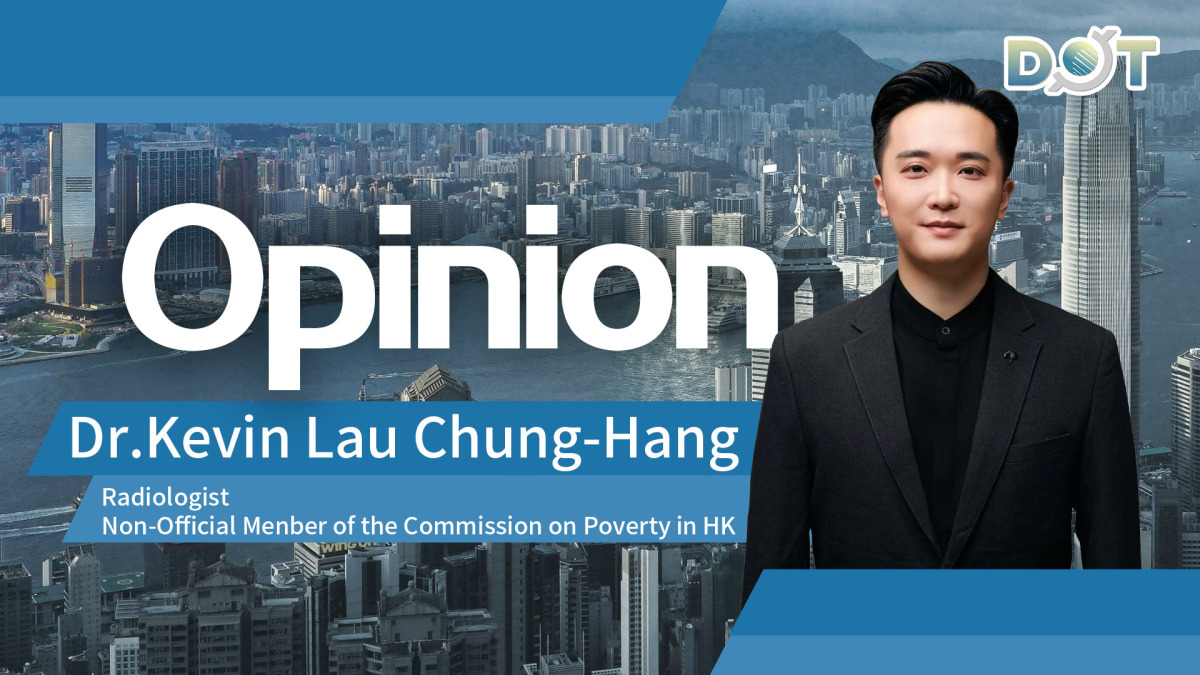
By Dr. Kevin Lau
Chief Executive John Lee delivered the 2025 Policy Address on 17 September 2025, with the housing and land supply section centered on boosting public housing, optimizing homeownership ladders, and expanding land reserves, proposing 189,000 public housing units over five years, 80% allocated to family applicants, and innovative strategies. This not only addresses citizens' urgent needs for stable homes but also injects sustainable development momentum into Hong Kong, fostering social harmony. Below, I analyze its significance and impacts.
Housing supply measures directly tackle waiting times. Over five years, 189,000 public housing units will be supplied, with 80% for family applicants, expected to benefit over 150,000 people. Through the "Green Form Subsidized Home Ownership Scheme" and "Home Ownership Scheme Priority Scheme," priority sales to public rental tenants and green form applicants encourage upward mobility. Optimizing the "Home Ownership Scheme" expands ballot eligibility to more middle- and low-income families. These embody the government's commitment to grassroots: aiming to compress public housing waiting times to 4.5 years via increased supply. Stable housing is vital to health; prolonged waits often lead to stress-related illnesses like insomnia or chronic anxiety; this initiative helps prevent rising societal costs.
Public housing estate redevelopment is advanced. Launching redevelopment of aging estates releases more residential land, increasing post-redevelopment units and improving living environments. Community collaboration ensures relocation arrangements for affected residents, maintaining social stability. Private housing supply increases concurrently, accelerating land allocation and construction for private residential projects, encouraging developers to add small- and medium-sized units to meet first-home needs. Through public-private partnerships, private and public housing develop synergistically, balancing the market.
Enriching the homeownership ladder is a focus. More subsidized sale flats and the "White Form Secondary Market Scheme" assist middle- and low-income families in entering the market. Mortgage financing policies are optimized to lower down payment requirements, supporting first-time homebuyers. Exploring innovative financing tools, such as government-guaranteed mortgages, reduces entry barriers. This reflects governmental ingenuity: leveraging markets to amplify public resources, akin to medical public-private partnerships reducing wait times.
Land supply forms the housing foundation. Over five years, development potential reaches 1,100 hectares, including the Northern Metropolis and New Territories brownfield sites. The Northern Metropolis planning accelerates, projected to provide 500,000 residential units, encompassing tech parks and university cities for employment-residence balance. Brownfield revitalization releases 300 hectares for housing and community facilities. These strategies prioritize ecological sustainability: the Northern area emphasizes green transport to cut emissions. Compared to past single-source reliance, the multi-pronged approach targets 440,000 public and private units by 2030, exceeding prior goals.
Land reserve building is emphasized. Accelerating new development areas and optimizing brownfield conversion to residential and commercial uses releases latent resources. Through public-private partnerships, private investment is attracted to land development. Releasing urban industrial land converts urban industrial sites to residential and commercial purposes, expected to free up dozens of hectares. The "industrial-to-residential conversion" policy speeds approvals, collaborating with private developers.
Cost-reduction measures for construction are practical. Promoting modular and prefabricated construction lowers costs, optimizing supply chains for building materials to reduce import reliance. Emphasizing low-carbon materials promotes green development. New public housing projects use 100% renewables, projected to cut emissions 20%. Land development prioritizes conservation, retaining 50% green space in the Northern area. These align with global trends: Hong Kong's 2050 carbon neutrality goal, where housing contributes 30% emissions; green building mitigates impacts. Infrastructure optimization, like expanding light rail to the Northern area, shortens commutes and enhances livability.
Youth homeownership support demonstrates foresight. Expanding exemptions under the "Special Stamp Duty for First-Time Homebuyers" covers young couples and singles to lower entry barriers. Launching the "Youth Secure Homeownership Scheme" offers low-interest loans and rent subsidies, targeting 100,000 youths. These not only solve "first-home hurdles" but promote demographic stability: youth stability curbs outflows. Housing instability's toll on fertility and family health; this eases low birth rates, indirectly bolstering medical workforce.
Challenges and opportunities coexist. Ambitious targets face land disputes and environmental concerns, but the government pledges enhanced public engagement via consultations for transparency. Technology, like smart city planning for land optimization, can overcome bottlenecks. In medicine, innovation allocates scarce resources; similarly, flexible housing policies enable universal shelter.
Overall, the 2025 Policy Address shows resolve, building stable homes through supply boosts and innovative models. I foresee reduced societal pressures and elevated well-being. Let us support the implementation to co-build a prosperous Hong Kong.
The views do not necessarily reflect those of DotDotNews.
Read more articles by Kevin Lau:
Opinion | Elevating HK through hosting landmark sports events
Opinion | The crucial role of grassroots surveys in successful governance




















Comment